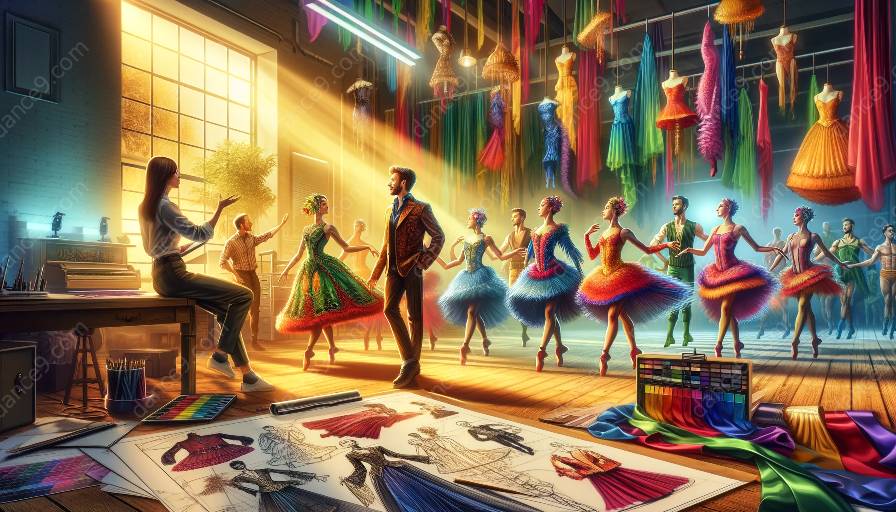Choreographers and costume designers play a pivotal role in creating visually stunning, impactful performances. However, as environmental concerns continue to grow, there is a growing urgency for these artists to consider the environmental impact of their work. This topic cluster will delve into how choreographers and costume designers can incorporate sustainability in their practices, discussing eco-friendly materials, ethical production, and innovative design solutions.
Importance of Sustainability in the Arts
Before delving into the specifics of sustainability in choreography and costume design, it is important to understand why sustainability matters in the arts. The arts industry has a significant environmental footprint, from the production of performance materials to the energy consumption of venues. By integrating sustainability principles, choreographers and costume designers can minimize this impact and contribute to a more eco-conscious industry.
Choreography and Sustainability
Choreography involves the creation of movement sequences and patterns. To incorporate sustainability into choreographic practices, choreographers can consider elements such as the environmental impact of performance venues, the use of sustainable dance flooring, and the transportation logistics involved in touring performances. Additionally, choreographers can explore themes of environmental awareness and activism through their movement sequences, utilizing dance as a platform for advocacy.
Costume Design and Sustainability
Costume designers are responsible for creating visually captivating attire for performers. When it comes to sustainability, costume designers can opt for eco-friendly fabrics such as organic cotton, bamboo, or recycled textiles. Embracing upcycling and repurposing of existing garments can also reduce the environmental impact of costume production. Furthermore, adopting ethical production practices and considering the end-of-life cycle of costumes can further enhance sustainability efforts.
Choosing Eco-Friendly Materials
Both choreographers and costume designers can prioritize the use of eco-friendly materials. This includes selecting fabrics and props that are sustainably sourced, renewable, and biodegradable. By opting for eco-friendly materials, artists can reduce their contribution to waste and pollution, while promoting responsible consumption.
Embracing Ethical Production
Integrating sustainability into choreography and costume design also involves embracing ethical production practices. This encompasses fair and safe working conditions for manufacturing, promoting local craftsmanship, and ensuring transparency in the supply chain. By supporting ethical production, artists can contribute to social and environmental benefits, fostering a more sustainable and equitable industry.
Innovative Design Solutions
Advancements in technology and design offer new opportunities for sustainable practices in choreography and costume design. For example, leveraging 3D printing for costume creation can minimize material waste, while digital choreographic tools can streamline the rehearsal process, reducing transportation-related carbon emissions. Exploring innovative design solutions empowers artists to create impactful performances with minimal environmental impact.
Conclusion
Choreographers and costume designers have the capacity to drive positive change by incorporating sustainability into their practices. By prioritizing eco-friendly materials, embracing ethical production, and exploring innovative design solutions, these artists can contribute to a more sustainable and environmentally conscious arts industry. Through their creative endeavors, choreographers and costume designers can inspire audiences and fellow artists to embrace sustainability in the pursuit of artistic excellence.






































